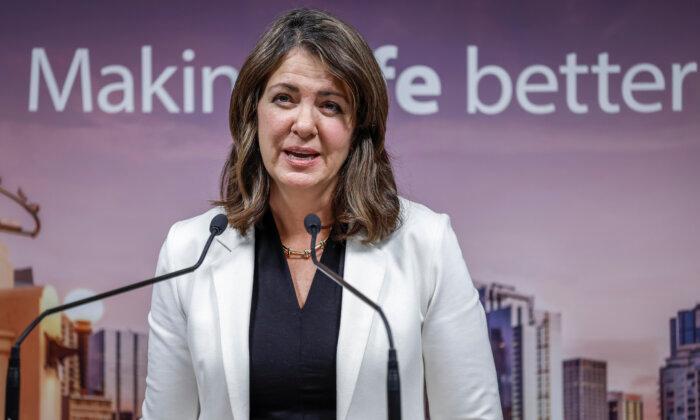Physicians in Canada are collectively spending some 18.5 million hours a year on unnecessary paperwork and administrative tasks, according to a report by the Canadian Federation of Independent Business (CFIB).
The report uses data from a 2020 study conducted by Nova Scotia’s Office of Regulatory Affairs and Service Effectiveness as a benchmark to estimate the total physician red tape in each province and territory as well as the number of patient visits that could take place if this administrative burden was eliminated.
The data indicated that each doctor in N.S. spends the equivalent of more than one full day per week, or 10.6 hours, completing administrative tasks. That would amount to an equivalent annual total of 1.36 million hours that a doctor could instead use to accommodate 1.73 million patient visits annually.
Red Tape
Nova Scotia has set a target to reduce administrative burden on doctors by 10 percent by 2024, with a goal of freeing up roughly 50,000 hours of physician time a year, or the equivalent of 150,000 patient visits.To achieve this goal, the province said it will work with doctors to identify specific forms and processes that can be shortened, eliminated, or done by someone other than a doctor, according to the report.
CFIB suggests that other provincial and territorial governments also work with their respective medical associations to try to reduce physician red tape.
Johnson said the government of Manitoba has just announced “a joint task force with Doctors Manitoba to measure and reduce administrative burdens for physicians.”
The task force will work to find specific solutions to help doctors in that province eliminate unnecessary paperwork.
“Red tape hurts everyone, and we should be looking to reduce it wherever we can especially where it promises to free up time in areas we care about,” said Laura Jones, CFIB executive vice-president and co-author of the report, according to the news release.
“Whether we are talking about health-care availability or housing affordability, red tape reduction should be part of the solution. This is common sense that is too often overlooked,” Jones said.
The CFIB is the country’s largest non-profit association of small businesses that advocates for policy change at various levels of government.





